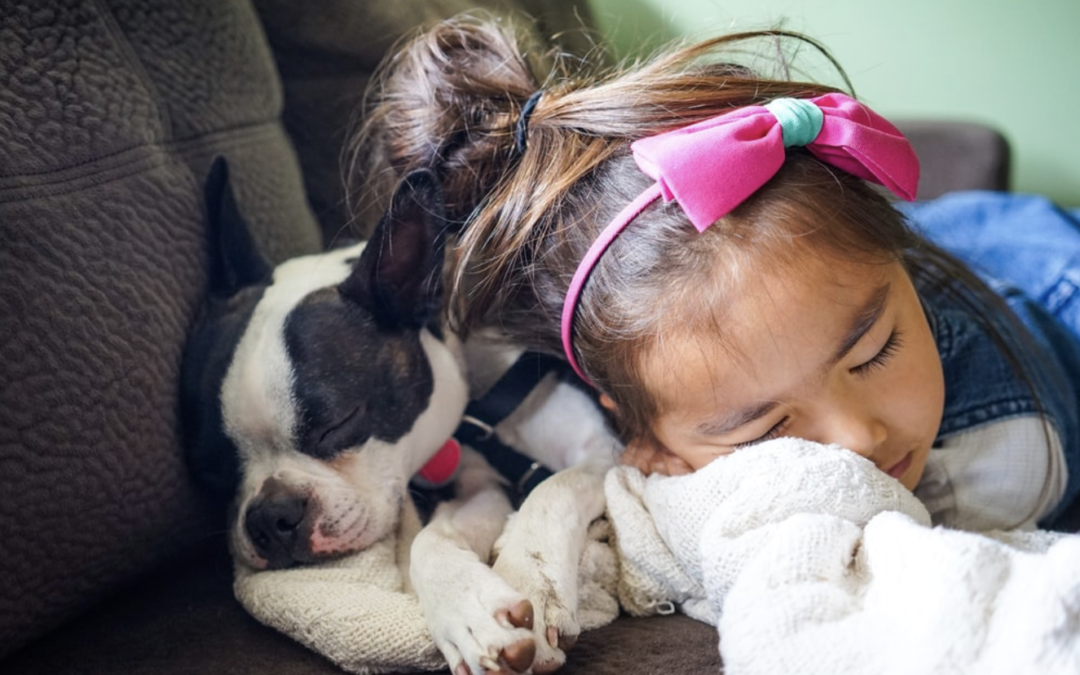Most adults have grown up with a family pet, be it a dog or cat, a sheep or horse, a rabbit or mouse –and for those who have had family pets, it’s hard to imagine growing up without one. Here at Kenmore Hills Early Learning we encourage children to learn all about the Australian Wildlife. You can meet our resident wildlife here!
More and more early childhood programs and the families who utilise them are understanding the value that comes between connecting children of all ages with animals, and Australian Children’s Education and Care Quality Authority (ACECQA), which oversees quality at all childcare centres in Australia, agrees.
Deciding what pet is best for which group of children needs careful consideration and research – ethically speaking we need to remember animals can live a long time, have diverse needs and in using animals to support children, we need to ensure they are treated with love and respect. The animals and the responsibility of caring for them is one of the greatest lesson’s children will learn and when guided by well-informed adults, being with animals will benefit children in every aspect of their lives.
The adult in this situation needs to consider and plan for all outcomes, for example the ethical implications of not only the children’s wellbeing but that of the animal. For example, does the adult understand what happens to an incubator full of chicken eggs if the eggs don’t receive enough humidity each day, or if the eggs aren’t heated incorrectly? Before disaster strikes, adults need to be prepared to take their own research and teaching purpose behind it seriously and consider what is best for the animal as well as the child.
The shared responsibility of participating in providing for the animal’s wellbeing teaches the child accountability and consciences, that sometimes other beings rely on humans for life. Children will learn about circle of life and death, learning that life is not infinite, but love and memories are, and that it’s the moments in between that matter. When animals pass on, a child learns early that they can make it through the grief process and be OK.
Providing children with the opportunity to learn alongside animals is beneficial to their own development in so many ways. Responding, respecting and taking care of animals gives children the opportunity to become the caregiver in nurturing the animal. When children see that animals have fears and anxieties, such as responses to loud noises or unfamiliar places, the child will recognise and feel the way others can feel as well – developing their own empathy in the process.
In building connections with animals’ children learn that animals need to be treated with care and respect, and that animals also have their own personalities. Some animals have their own social limits, just like people, and sometimes may need their own space. Understanding the non-verbal cues of animals and respecting what they are telling us will help the child transfer their understanding of respecting other people.
Children who connect with animals will have better self-esteem and emotional resilience, many studies have shown that all children, and in particular children with additional needs, from separation anxiety at drop off to more challenging needs such as Autism Spectrum Disorder or children with trauma backgrounds, have increased positive social behaviours when animals such as dogs are present. Animals provide emotional comfort to all children, building the child’s self-worth, providing the best kind of support there is – someone children can confide in, one that will always listen, a loyal friend they can just ‘be’ with.
They are there to remind us there is more to life than just ourselves.
When we give children the opportunity to care for another living creature, we give them strong foundations they will take with them on their journey to becoming responsible and conscientious adults. Through animals we can better understand and teach the children about our own connection to the earth and the part we need to play in appreciating living things.


Recent Comments